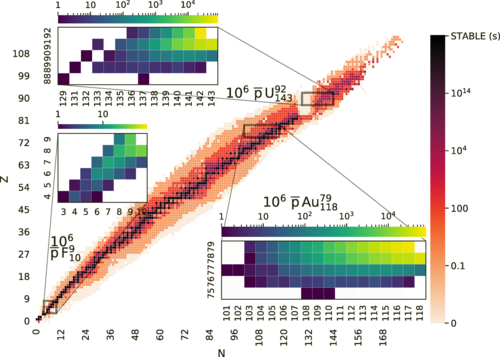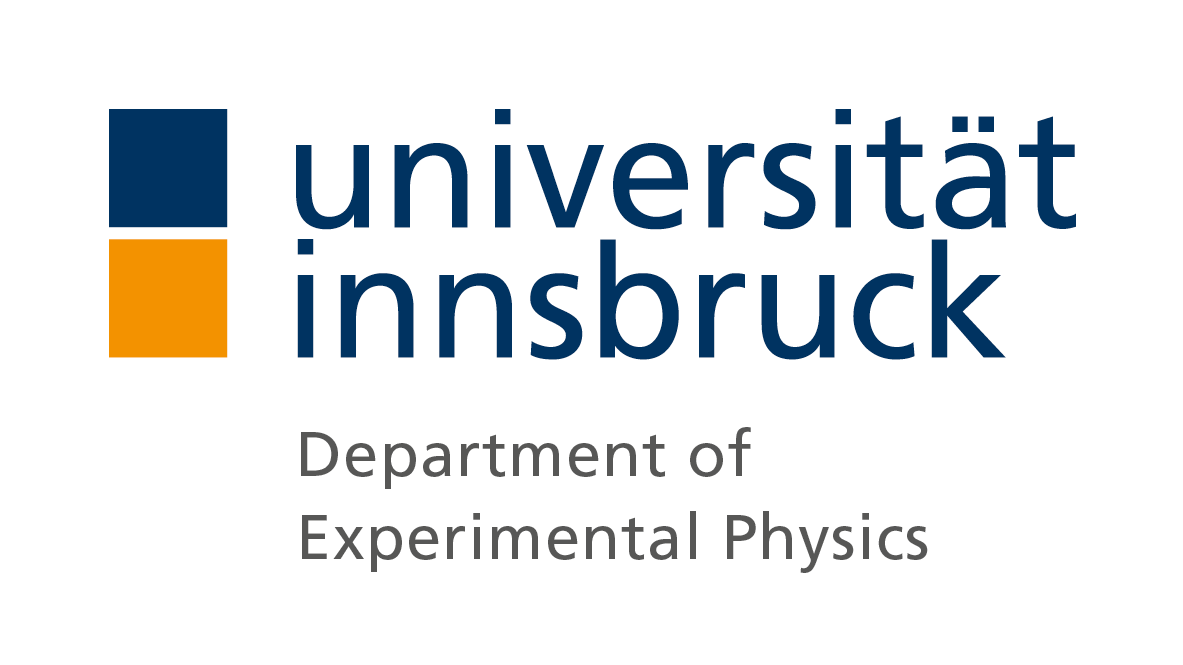Synthesis of cold and trappable fully stripped highly charged ions via antiproton-induced nuclear fragmentation in traps

The interaction of baryonic antimatter with matter nuclei reveals the possibility of removing nucleons from a matter nucleus, hence changing the identity of a nucleus within the nuclear chart. This radioisotope synthesis process is complimentary to others such as neutron spallation. In this paper, we explain how the annihilation reaction of negative ions with antiprotons can be used in order to obtain radioisotopes for nuclear research. We show that the annihilation products of heavy nuclei (Z>) are still trapped inside the trap because they perceive a stronger electrometric confinement due to their high charge. Trapped unstable nuclei can then be studied in-situ using precision quantum-sensing techniques that are already available to the ion-trapping community. Our project can help to open the realm of nuclear research with antimatter studies [2].
Link to the article

